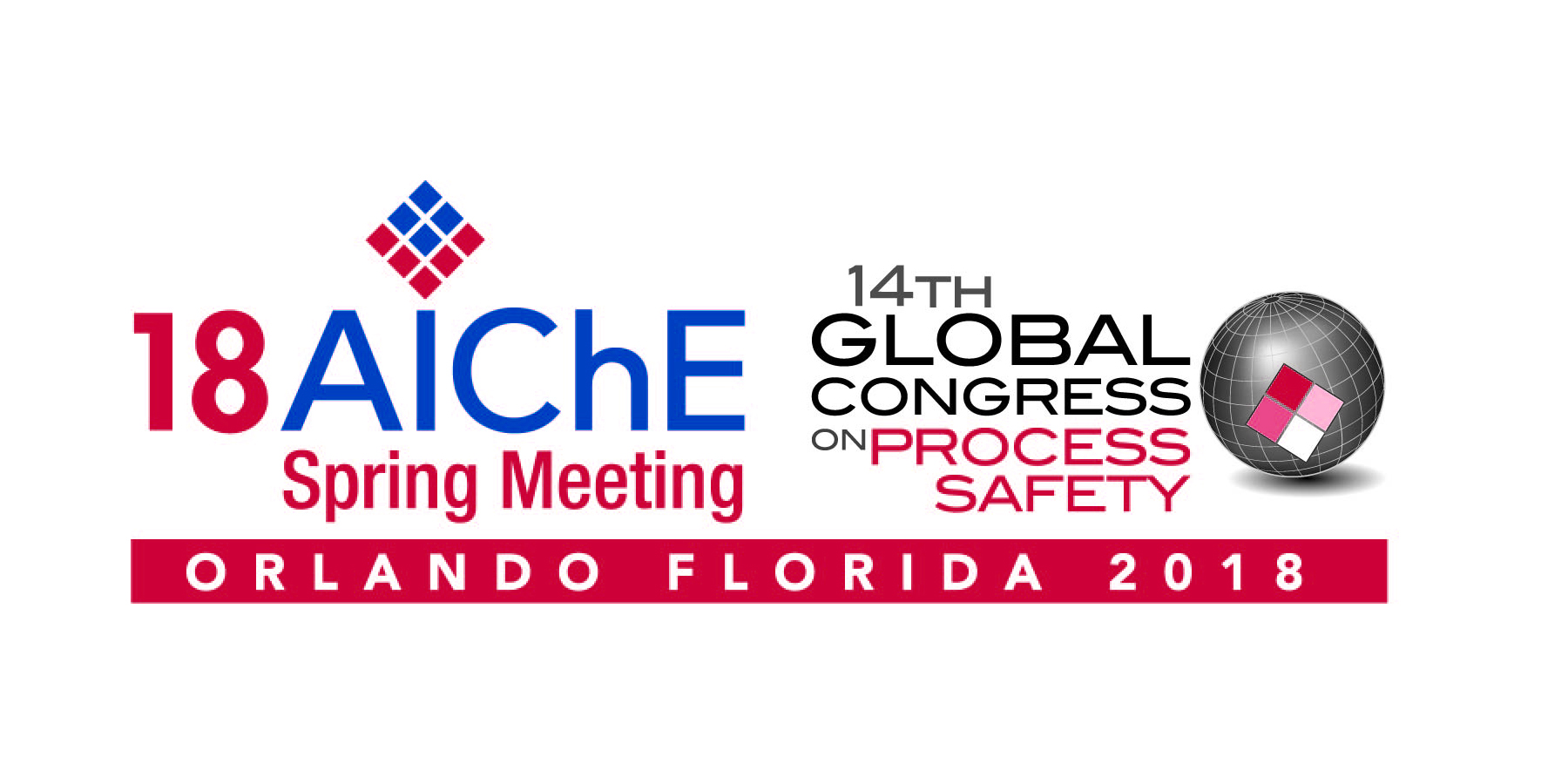

The DuPont-ACM model employs various methods for solving simultaneous systems of nonlinear algebraic and ordinary differential equations. This makes it possible, for example, to solve coupled differential mass and energy balances which are implicit in temperature and composition. Also, even though temperature and composition are not state variables, they can be given initial conditions.
For a release scenario, the model computes the time-varying liquid and vapor phase compositions and conditions. It also computes the required vaporization rates for HCHO and CH3OH resulting from, for example, a 30 wt% formaldehyde solution spill onto a dry surface of a fixed area under specific meteorological conditions. The paper will present details regarding the formaldehyde spill modeling methodology, with examples.
Presenter(s)
Language
Pricing
Individuals
| AIChE Member Credits | 0.5 |
| AIChE Pro Members | $19.00 |
| Employees of CCPS Member Companies | Free |
| AIChE Graduate Student Members | Free |
| AIChE Undergraduate Student Members | Free |
| AIChE Explorer Members | $29.00 |
| Non-Members | $29.00 |
